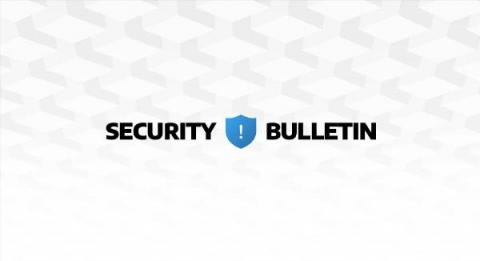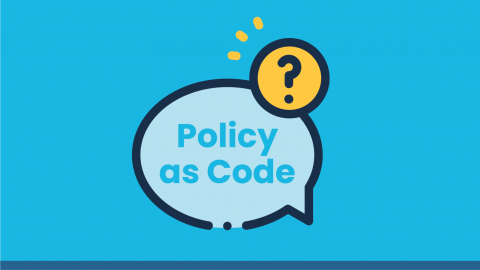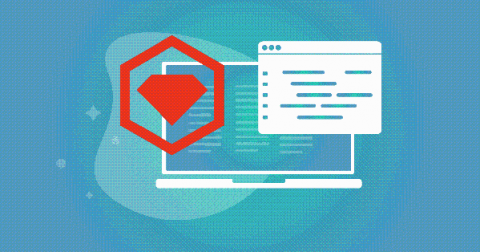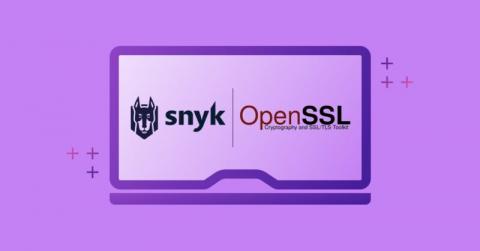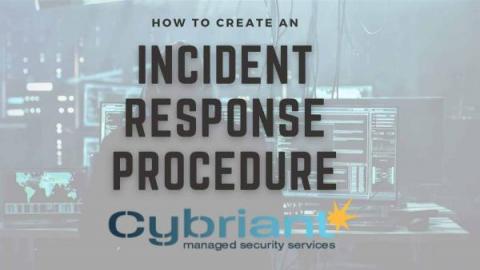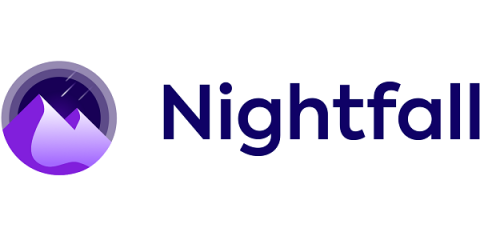Security | Threat Detection | Cyberattacks | DevSecOps | Compliance
Latest News
What is Policy as Code? Definition and Benefits
With policy as code, policies can be managed and automated using code written in a high-level language. It is a programmatic method of uniformly defining and enforcing policies throughout cloud-native applications and their infrastructure.
Ruby on Rails Docker for local development environment
Hi there Ruby developers! If you’ve been looking for an effective way to establish a Ruby on Rails Docker setup for your local development environment, then this post is for you. It’s a continuation of our previous article on how to install Ruby in a macOS for local development. Ruby developers frequently need to account for a database when building a Ruby on Rails project, as well as other development environment prerequisites.
Update: OpenSSL high severity vulnerabilities
OpenSSL has released two high severity vulnerabilities — CVE-2022-3602 and CVE-2022-3786 — related to buffer overrun. OpenSSL initially rated CVE-2022-3602 as critical, but upon further investigation, it was reduced to high severity.
How Government Agencies Can Secure Mission Critical Software in the Cloud
Government agencies are instructed by Executive Order to improve the delivery of digital services to citizens while also safeguarding critical data and systems. Often, this leads to a difficult decision between speed of application production and software security. However, as recent events have shown, sacrificing security in the name of speed compromises the safety of citizens and government infrastructure.
How to Create an Incident Response Procedure
In the event of a data breach or security incident, having a well-defined incident response procedure can help contain the damage and minimize the risk of future incidents.
The Essential Guide to Secrets Scanning
In today’s digital world, data breaches are becoming more and more common. In fact, recent studies found that a large majority of breaches are caused by stolen secrets & credentials, such as API keys. API keys are used to access data and resources from another application or service. They are typically used to connect two applications so that they can share data. For example, if you use a weather app on your phone, that app likely uses an API key to access the Weather Channel’s data.
How Cybersecurity Checklists Keep Cyber Insurance Costs Manageable
The cyber insurance market has experienced dramatic changes over the past couple of years – including large payouts from ransomware attacks and the shift to hybrid/remote work – which has had a substantial impact on premiums. According to Egnyte’s recent Cybersecurity Trends for Mid-Sized Organizations Report, 47% of organizations have experienced premium increases of 76% or more in the past year.
Keeping threat actors away from your supply chain
The supply chain is a complex environment that goes deep inside a business and involves the majority of its infrastructure, operations, personnel, and outer relations: vendors, partners, and customers. To protect that matrix is extremely difficult, as there are numerous sensitive nodes, lines, and processes that a security team has to take care of: software and hardware resources, cloud, hybrid and local environments, platforms, and web apps.
Brace yourself - ISO27001 changes are coming
If you’re not aware already, then be prepared for change, because a new version of ISO27001 was published in October 2022! It’s all very exciting! The last change to the standard was in 2017. The changes made back then were fundamentally cosmetic, with a few minor tweaks to wording. The changes barely caused a ripple and, even today, organisations are still certified to ISO27001:2013, meaning that no fundamental changes to the standard have taken place for around ten years.


